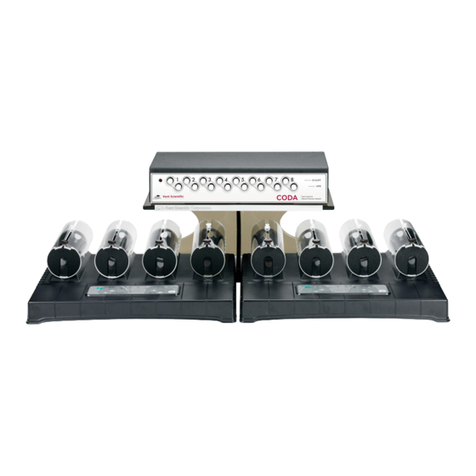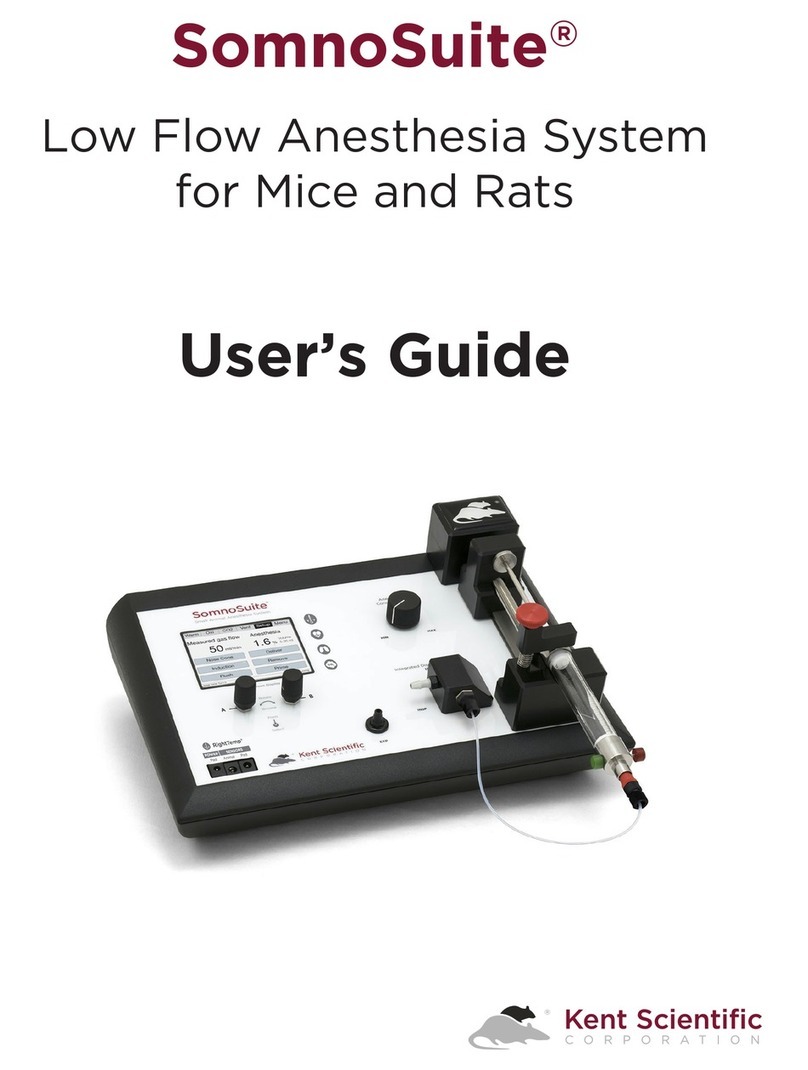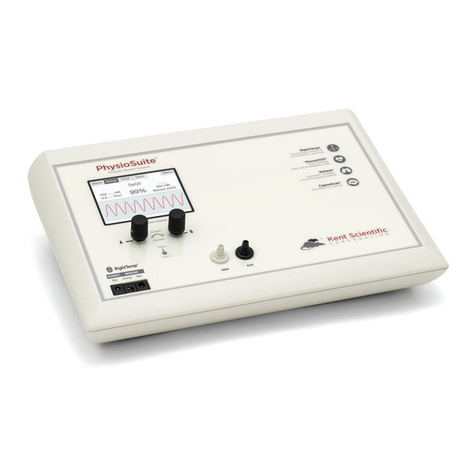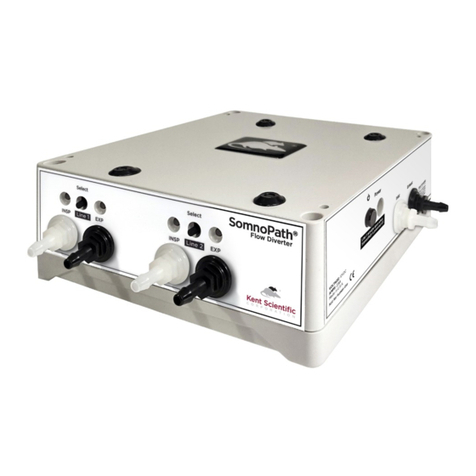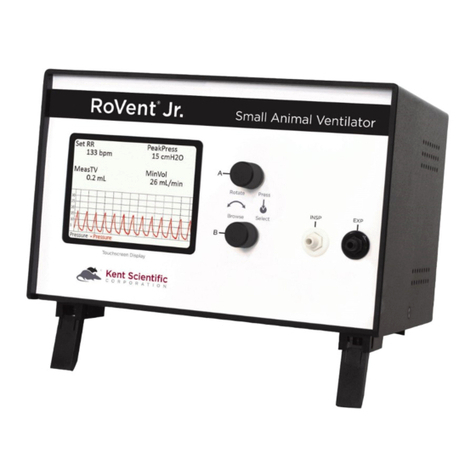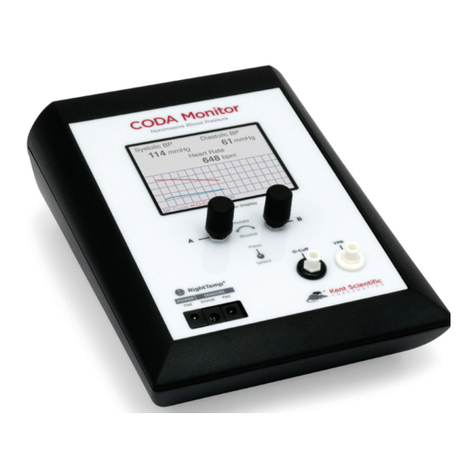
8
Part 4: General Information
Thank you for purchasing the MouseSTAT Jr. We truly appreciate your business. We strongly advise that you read
and study this Owner’s Manual to appreciate fully all the features, benefits, and capabilities of the MouseSTAT Jr.
Contact Information
Kent Scientific Corporation Toll-Free: 888-5RATTUS (888-572-8887)
1116 Litchfield Street Outside US: 860-626-1172
Torrington, Connecticut 06790 Fax: 860-626-1179
E-mail: sales@kentscientific.com Internet: www.kentscientific.com
Disclaimer
Kent Scientific Corporation makes no representations or warranties, expressed, statutory or implied, regarding the
fitness or merchantability of the components of this system for any particular purpose. Further, Kent Scientific
Corporation is not liable for any damages, including but not limited to, lost profits, lost savings, or other incidental
or consequential damages arising from ownership or use of these products, or for any delay in the performance of
its obligations under the warranty due to causes beyond its control. In no case shall Kent Scientific Corporation's
financial obligation extend beyond the cost of or replacement of the Kent product in question. Kent Scientific
Corporation also reserves the right to make any improvements or modifications to these products described in this
manual at any time, without notice of these changes. All brand and product names used in this manual are the
trademarks of their respective owners.
This product is not designed, intended or authorized for use in human applications.
Product Warranty
The MouseSTAT Jr. has a one (1) year warranty including all parts and labor charges. This warranty does not cover
damage by any cause including, but not limited to, any malfunction, defect or failure caused by or resulting from
unauthorized service or parts, improper maintenance, operation contrary to furnished instructions, shipping or
transit accidents, modifications or repair by the user, harsh environments, misuse, neglect, abuse, accident,
incorrect line voltage, fire, flood, other natural disasters, or normal wear and tear. Changes or modifications not
approved by Kent Scientific Corporation could void the warranty. The foregoing is in lieu of all other expressed
warranties. Kent Scientific Corporation does not assume or authorize any party to assume for it any other
obligation or liability.
Satisfaction Guarantee
Should you experience difficulty with the MouseSTAT Jr., our Technical Support Group will assist you in trouble-
shooting and determining if the product needs to be returned to our facility. We will issue you a Return
Manufacturer Authorization (RMA) number before the product is shipped back for repair. It is at the discretion of
the manufacturer to replace or repair a defective part or product. Please call Customer Service at 888-572-8887 to
obtain a Return Manufacturer Authorization number. Shipments without a RMA number will not be accepted.
Please note that after our 30-day return policy period ends, we will be happy to assist you with your application,
but cannot issue any credit or refund for a returned MouseSTAT Jr.
Prior to shipment, please clean and decontaminate the product of any chemical, biological, or isotopic
contamination. Please include a completed Product Return Form with the shipment. The form can be found on
page 9 of this Owner's Manual. For additional copies, call Kent Scientific Customer Service at 888-572-8887.
